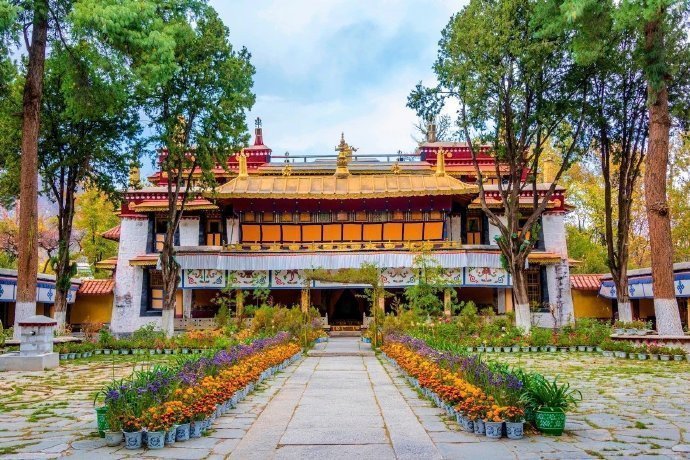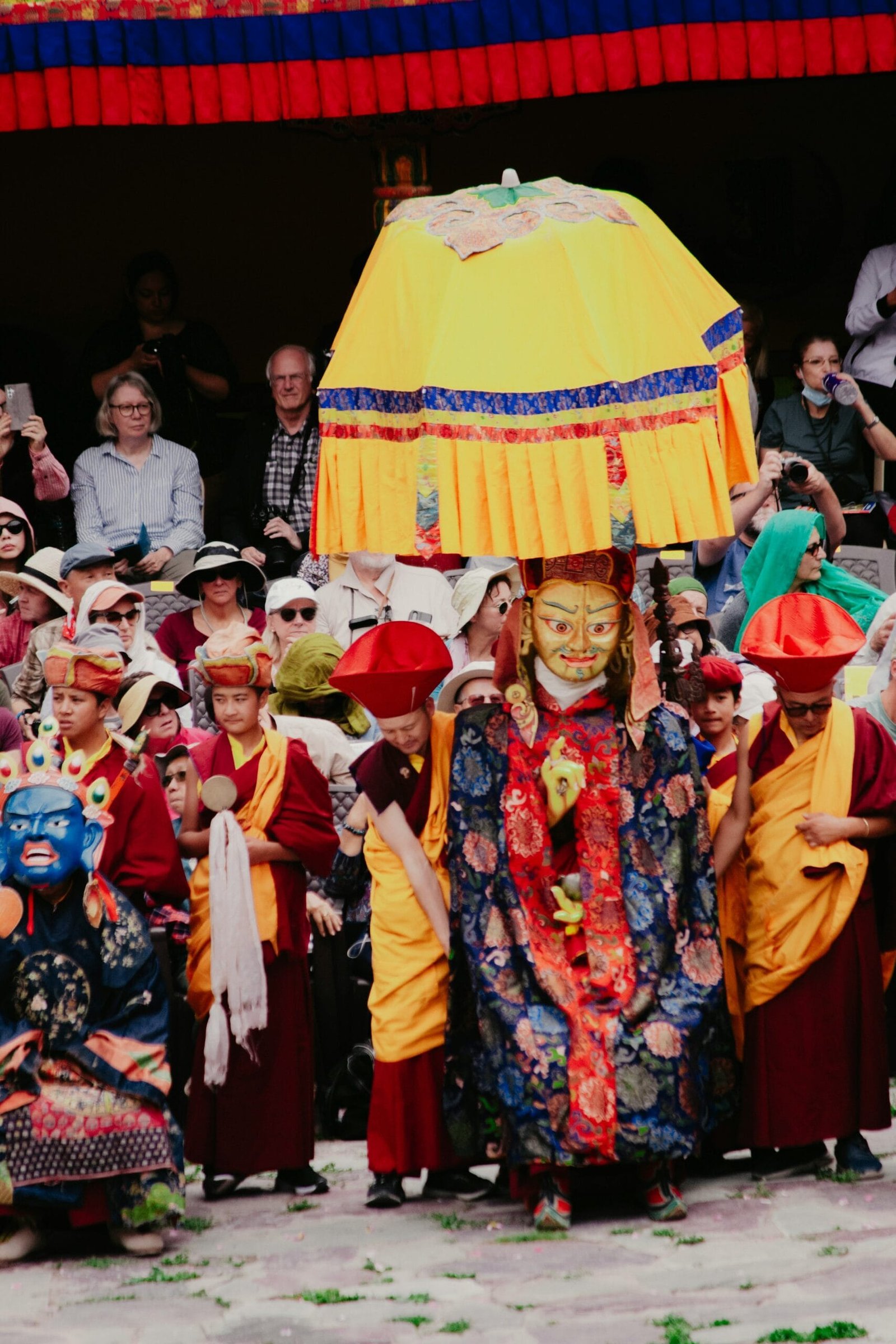The Influence of Buddhism: A Common Thread
Buddhism serves as a significant thread intertwining the cultural and spiritual landscapes of both Tibet and Vietnam. The development of Vietnamese Buddhism is deeply rooted in the Mahayana tradition, which was largely transmitted from China. This transmission brought forth numerous teachings that echoed throughout Vietnamese culture, shaping its philosophical foundations and religious practices. Meanwhile, Tibetan Buddhism, which evolved under substantial influence from India and Nepal, presents a rich tapestry of spiritual traditions showcasing distinct characteristics influenced by indigenous beliefs.
The texts revered in both cultures often intersect, and one of the most pivotal scriptures is the Lotus Sutra. Esteemed across different schools of Mahayana Buddhism, the Lotus Sutra lays the groundwork for the commonalities of belief between Tibetan and Vietnamese practitioners. The teachings encapsulated within its verses emphasize the potential for all beings to attain enlightenment, an idea that resonates profoundly within both cultures. Furthermore, the philosophical contributions of key figures, such as Nagarjuna, serve as a cornerstone for understanding the development of Buddhist thought in each region.
Both Tibetan and Vietnamese Buddhism venerate similar deities, which fosters a remarkable spiritual connection between the two cultures. Avalokiteśvara, the embodiment of compassion, is particularly revered in both traditions. This shared reverence not only illustrates the influence of Buddhist teachings across geographical boundaries but also highlights the common pursuit of compassion and enlightenment that transcends cultural differences. The interwoven nature of Buddhism in Tibet and Vietnam represents a rich heritage that continues to evolve, shaping the ethical and spiritual principles adhered to by their respective populations. By examining these historical and cultural relations, one gains a deeper understanding of both traditions and their collective journey through time.
Indirect Connections Through Chinese Influence
The historical and cultural relations between Tibet and Vietnam can be traced through a complex network of indirect connections, primarily shaped by Vietnam’s protracted period under Chinese rule. This era, which lasted over a millennium, not only fortified the political and economic ties between China and Vietnam but also facilitated the cross-pollination of cultural and religious ideas. It was during this time that Buddhism, which had deep roots in both Vietnam and Tibet, began to intertwine due to shared influences from China.
The impact of Tibetan Buddhism on Chinese culture was notably pronounced during the Yuan and Qing dynasties. Tibetan lamas, entering the imperial court, became influential figures who were instrumental in the dissemination of Buddhist texts and philosophies. This exchange at the imperial level created a conduit through which ideas could flow into Vietnam. With scholars and monks traveling between regions, there arose the opportunity for bilateral exchanges, despite the geographical distance separating Tibet and Vietnam. The resulting interactions contributed to the development of a syncretic Buddhist tradition that incorporated elements from both Vietnamese and Tibetan practices.
<pmoreover, a="" acknowledged="" acted="" adaptations="" adapted="" and="" as="" asia.
Maritime Trade and the Exchange of Ideas
The historical significance of maritime trade routes between Tibet and Vietnam is profound, as these routes acted as vital conduits for cultural exchange and interaction. Tibet, situated in the Himalayan region, relied heavily on trade with neighboring regions such as China and Nepal. This dependency shaped Tibet’s economic and cultural landscapes, allowing the flow of goods, ideas, and religious beliefs between diverse cultures. The maritime routes served as extensions of these terrestrial trade networks, facilitating interactions with other influential regions, including Vietnam.
Vietnam, located along the South China Sea, emerged as a crucial maritime hub connecting various trade networks. Its strategic geographical position allowed for the exchange of commodities not only from neighboring East Asian nations but also from distant lands, including India and the Middle East. The bustling ports of Vietnam attracted traders from myriad cultures, fostering an environment ripe for the exchange of ideas, art, and religion. Through these interactions, the transmission of Buddhist scriptures and cultural artifacts between Vietnam and Tibet was made possible, facilitating a shared spiritual heritage.
The exchange of goods along these trade routes brightened the cultural landscape, showcasing a blend of Tibetan and Vietnamese art, architecture, and religious practices. It is likely that Buddhist texts and images traveled with traders, introducing innovative concepts and philosophies from one region to another. Scholars and practitioners from both cultures could have interacted, creating a rich tapestry of collaborative thought and cross-cultural enrichment. Therefore, maritime trade not only influenced economic prosperity but also served as a platform for the profound interchange of cultural identities and spiritual beliefs, ultimately knitting together disparate regions within the larger fabric of Asia’s historical narrative.
Modern Interactions and Cultural Dialogue
In recent decades, the relationship between Tibetan and Vietnamese Buddhist communities has witnessed significant transformation marked by increased interactions and cultural exchanges. The 20th and 21st centuries have seen a rise in mutual engagement, particularly through the activities of prominent Tibetan Buddhist leaders such as the Dalai Lama. His visits to Vietnam and interactions with Vietnamese practitioners signify an essential step in fostering a deeper understanding of Tibetan Vajrayana practices within the Vietnamese context.
This burgeoning connection is complemented by the growing interest among Vietnamese Buddhists in exploring Tibetan Buddhism. Many Vietnamese practitioners have shown a keen inclination towards Tibetan Vajrayana rituals, philosophies, and teachings. This evolving interest is evident in the establishment of various Tibetan centers across Vietnam, which serve as platforms for instruction, practice, and cultural dialogue. These centers not only facilitate the dissemination of Tibetan practices but also provide a space for cultural exchange and the sharing of spiritual experiences.
The influence of Tibetan Buddhism on Vietnamese communities can also be seen in the adaptation of Tibetan teachings and practices, which resonate with the existing Vietnamese Buddhist traditions. Workshops, meditation retreats, and lecture series featuring Tibetan lamas and teachers have become increasingly common, allowing Vietnamese practitioners to engage with the teachings that emphasize compassion, mindfulness, and spiritual awakening. Moreover, these interactions contribute to a broader cultural dialogue that enriches both Tibetan and Vietnamese spiritual landscapes.
As the relationship continues to develop, the dialogue between these two rich Buddhist traditions promises to enhance mutual understanding while reinforcing the shared values of compassion and enlightenment. The interplay of Tibetan and Vietnamese Buddhism not only highlights their unique characteristics, but also their capacity for adaptation and integration in a global context. Through this ongoing exchange, both communities are poised to inspire one another while cultivating a more profound appreciation for their respective heritages.






